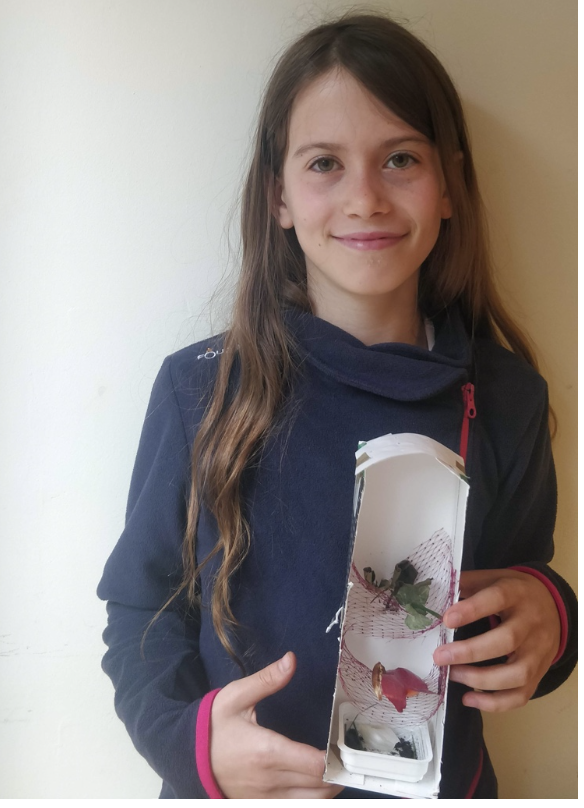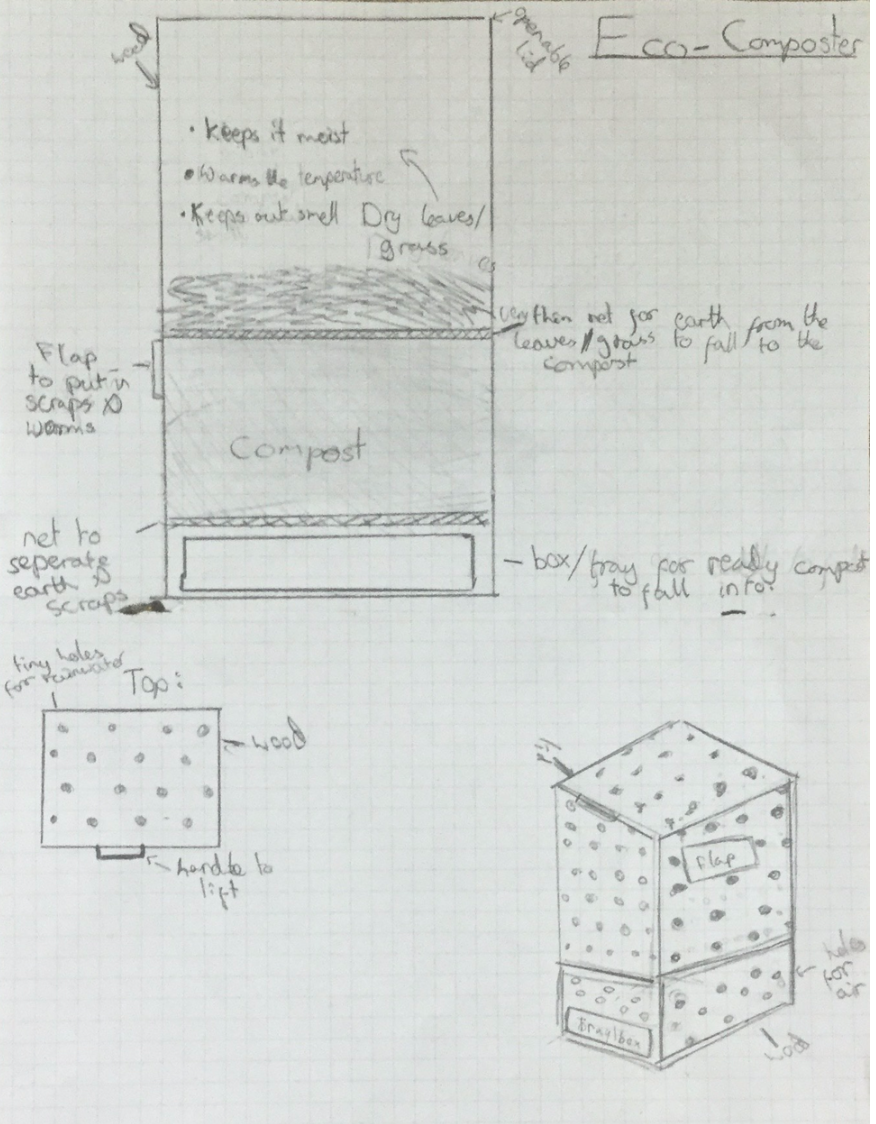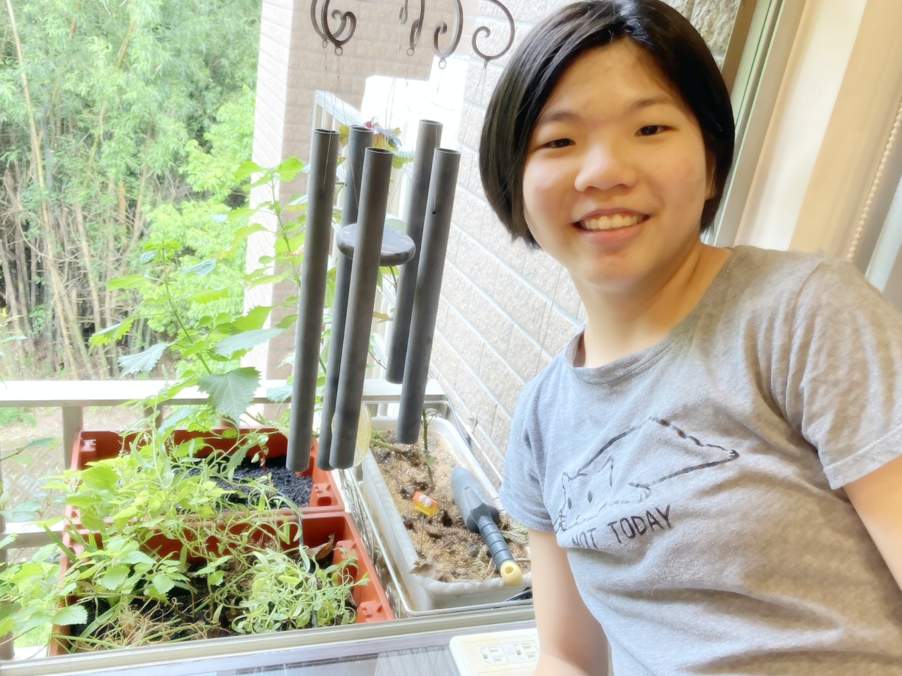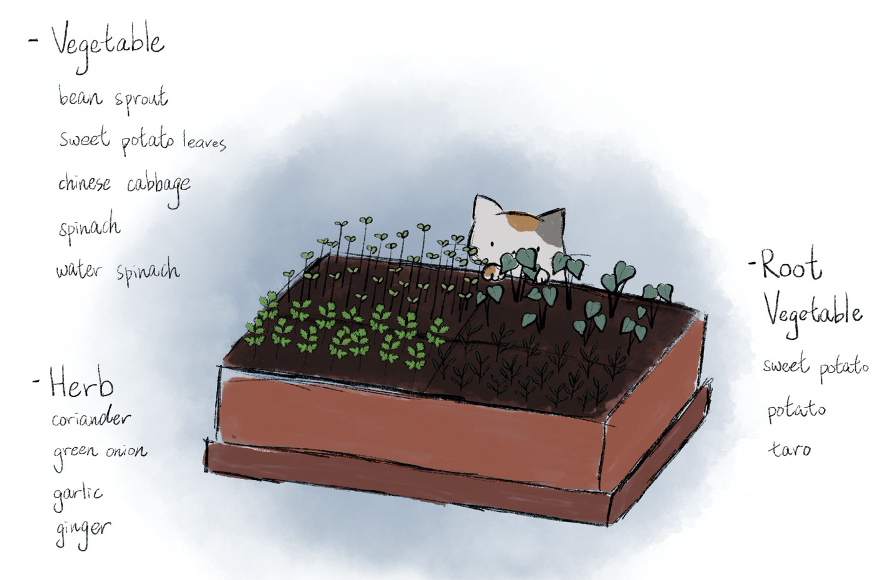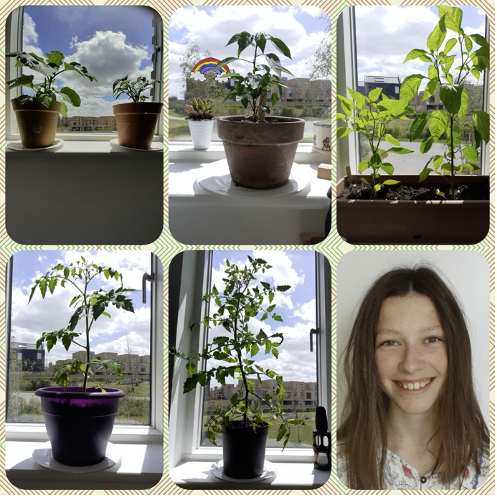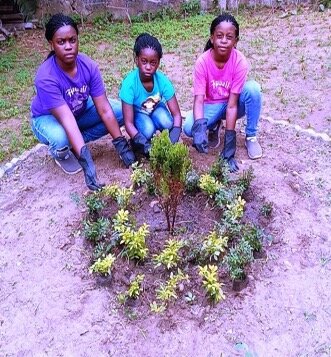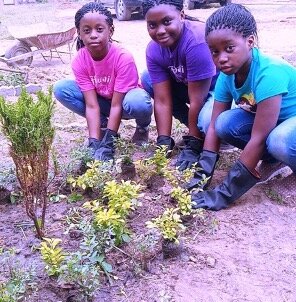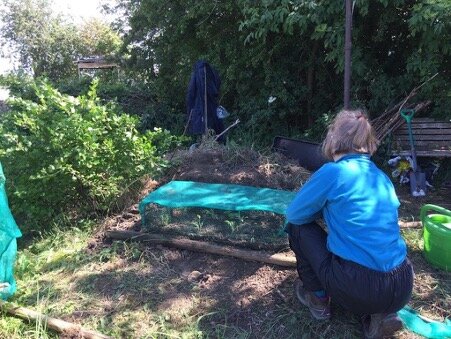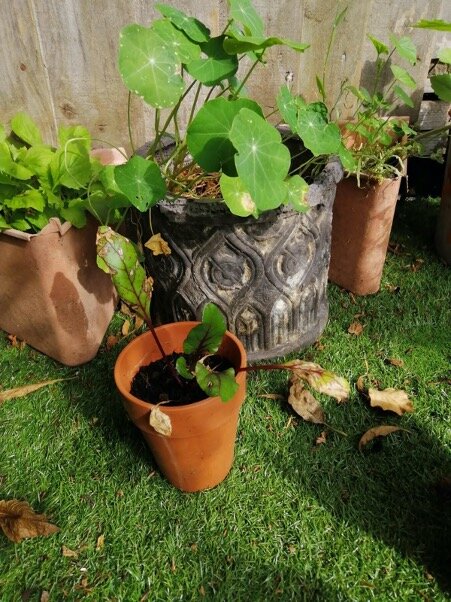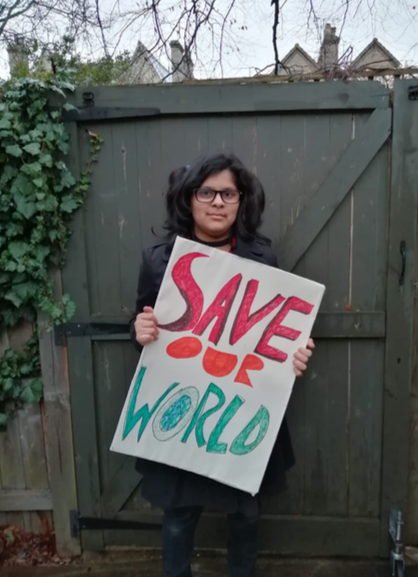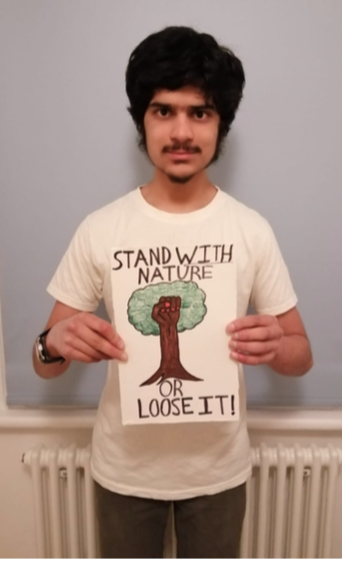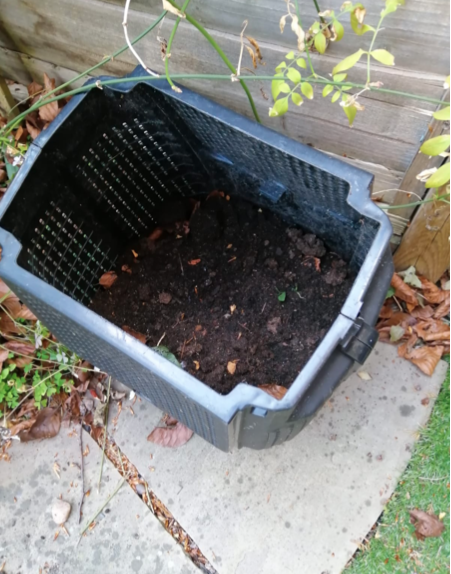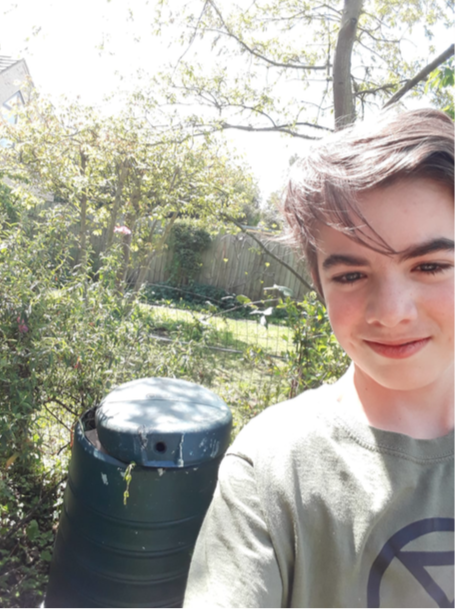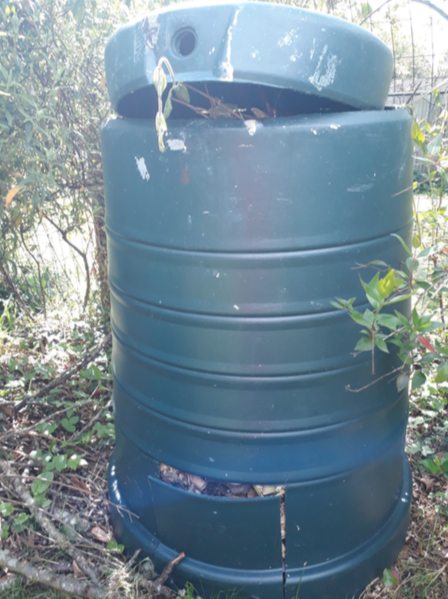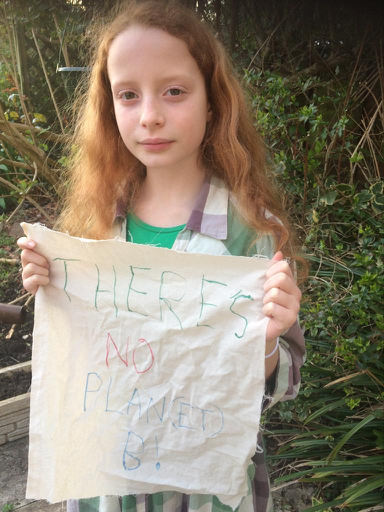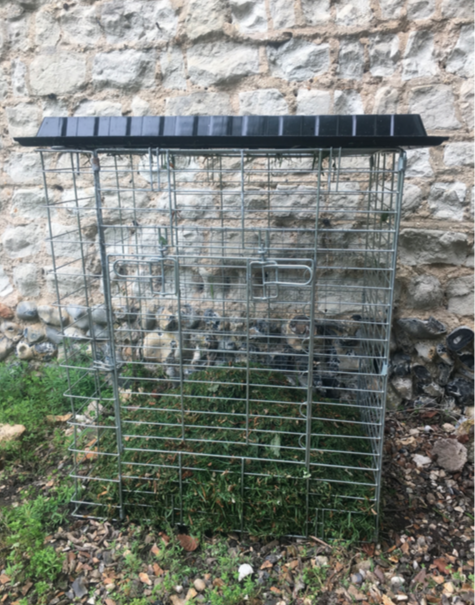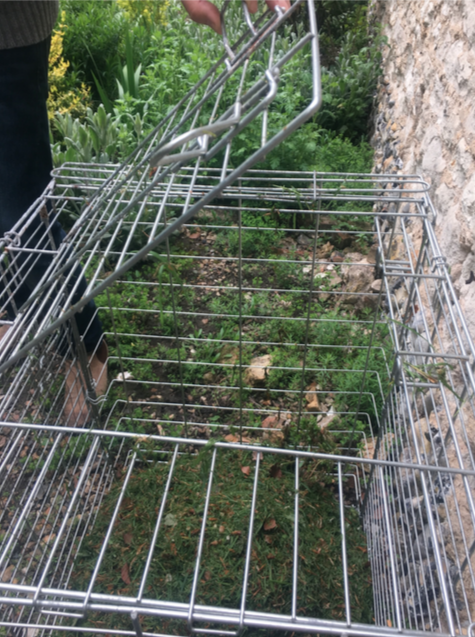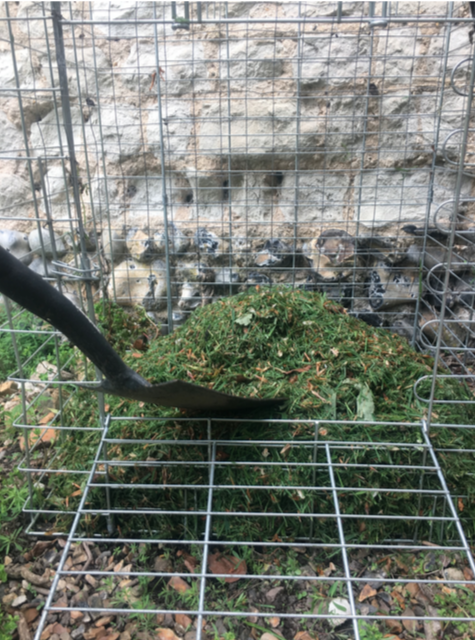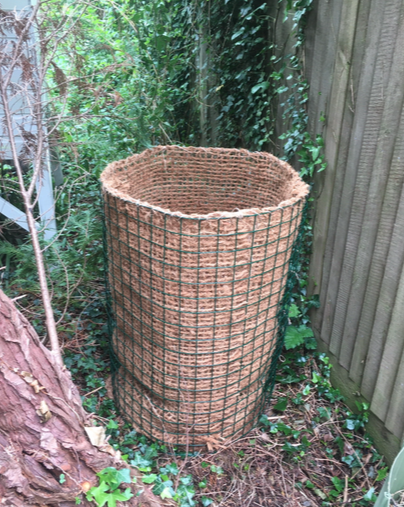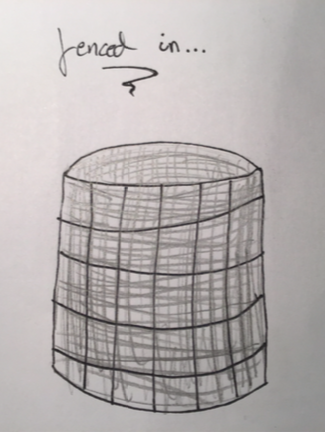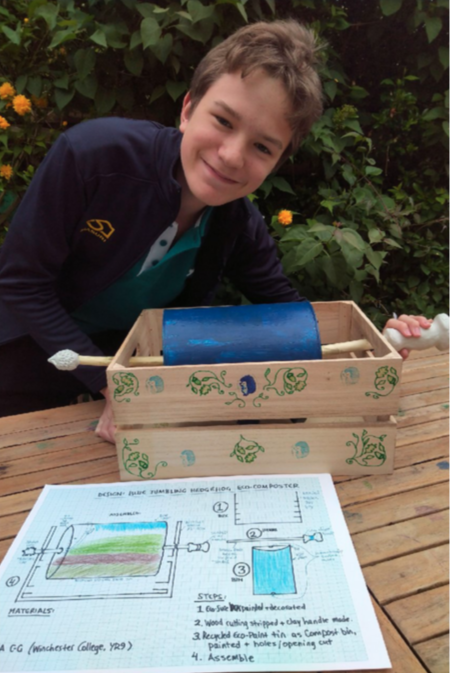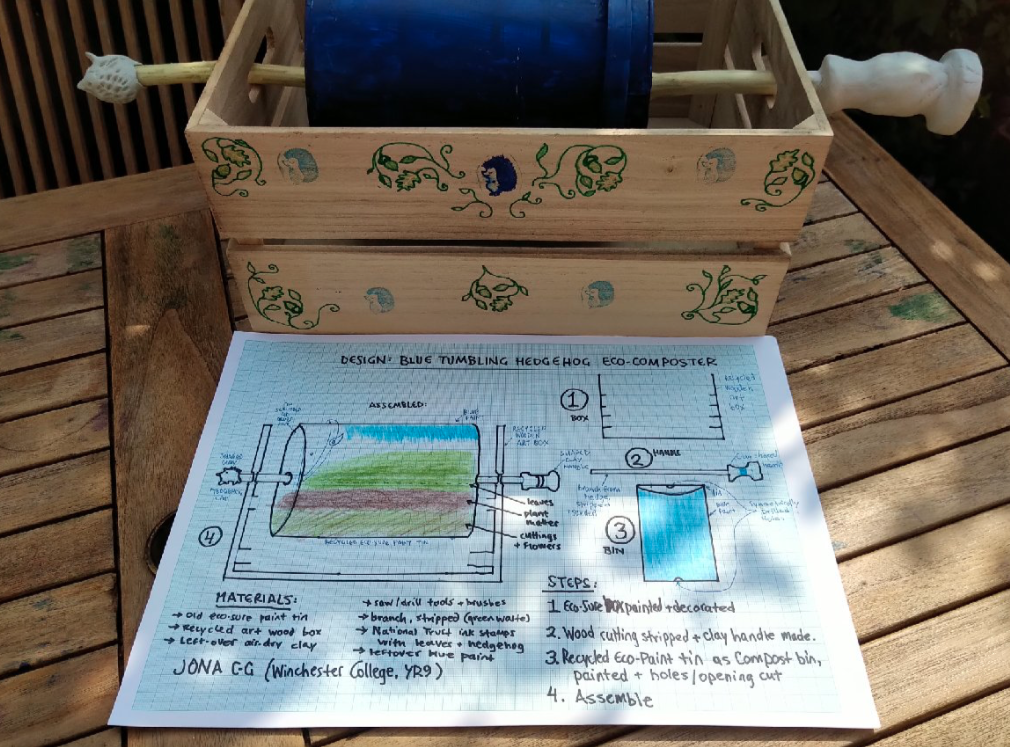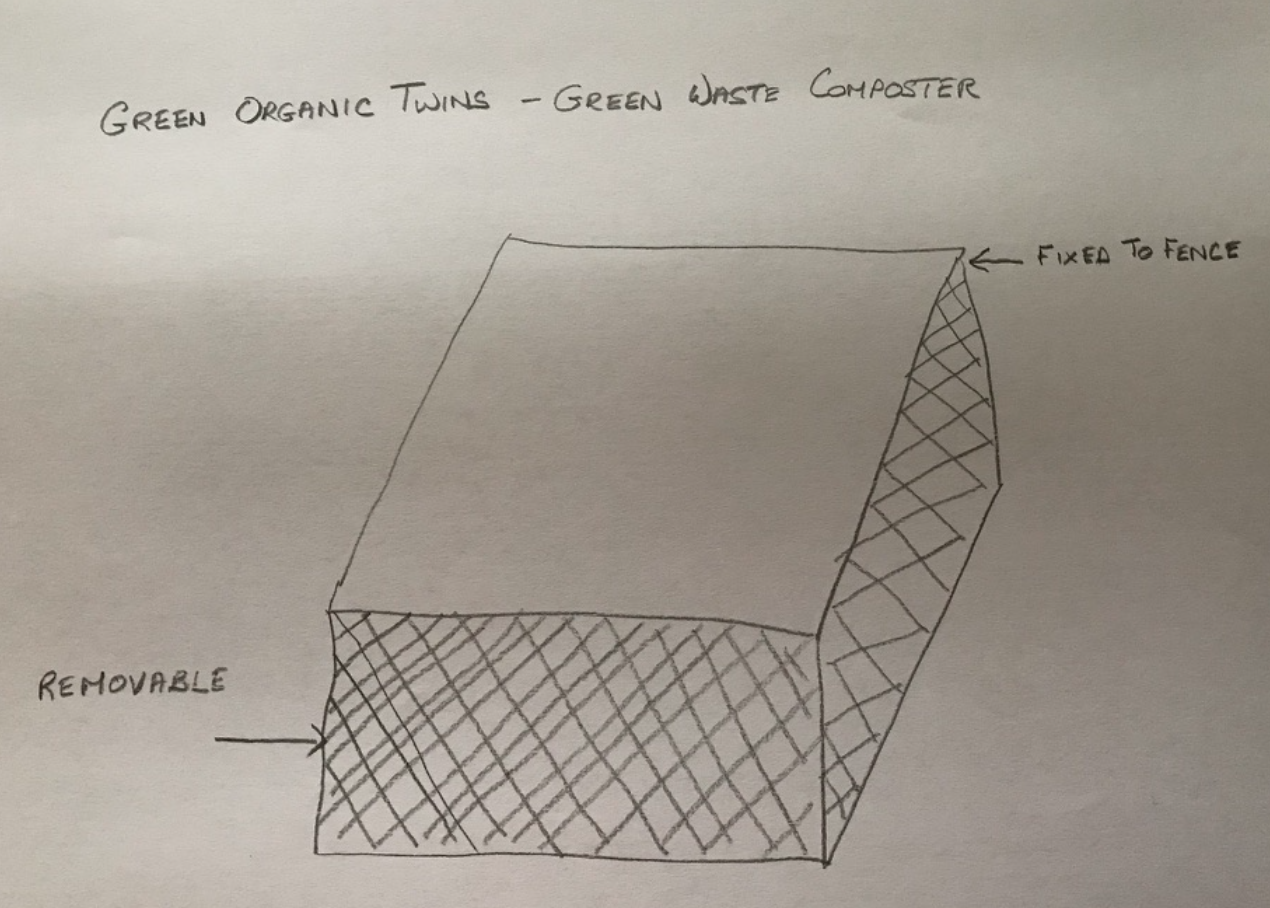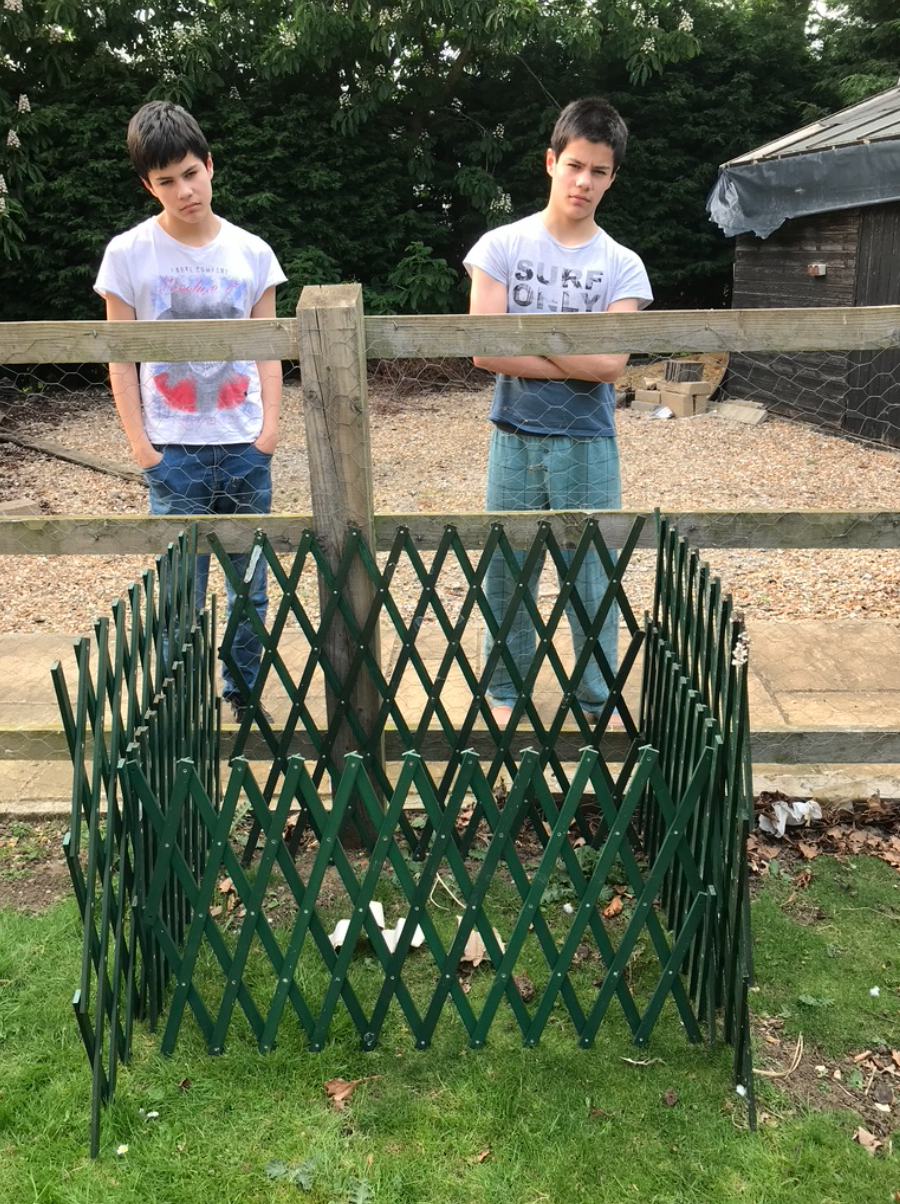Winners of the SECOND Eco-Challenge: Grow summer vegetables
PLATINUM - Ying-Xuan - Nico roman & Jona david - Wezi Emmanuel
GOLD - Sydnee Nisyok - Paloma - Carla & Freya & Ladislaya
SILVER - Christina-Angelina & Sisters - Mia Robb - Samaya & Ella Hone
BRONZE - Junayd Islam - Aarifah Islam Junayd & Aarifah
Ying-Xuan Lai (from Taipei, Taiwan): Cookie box Garden/The vegetables assembly
There are many densely populated cities in the world, including Taipei where I lived.
Urban heat Island effect causes much warmer temperature at city, which then induces increased demands of water and energy, and contributes more air pollution in the urban area.
Most townsman live in apartment complex without yard, the only place for building a garden is the balcony. I designed Cookie box assembly for people to create city garden at balcony or roof of apartment. Organic fruits and vegetables can be planted in recycled containers.
My idea is:
1. “Square Foot Gardening” with recycled cookie boxes: Leafy vegetables, solanaceous vegetables and herbs can plant in the shallow cookie boxes. Root vegetables can place in the deeper ones. Cookie boxes are easy to handle and organize for all kind of vegetables for the zero food mileage.
2. Collect rainwater by recycled milk bottle and food waste for bio-composites.
3. Any flat surface at balcony can be used, reduce the urban heat by pavement.
4. Creation of microenvironment for insects, providing habitats for flora and fauna.
I planted Root vegetables such as sweet potato, potato, taro for starchy food. Bean sprouts, the leaves of Sweet potato, Chinese cabbage, spinach and water spinach as for daily vegetables. The other herbs coriander, green onion, garlic and ginger can be planted by season.
Nico Cordonier Gehring (Kings College School) & Jona Cordonier Gehring (Winchester College): Eco-Dragon Herb & Veggie Garden
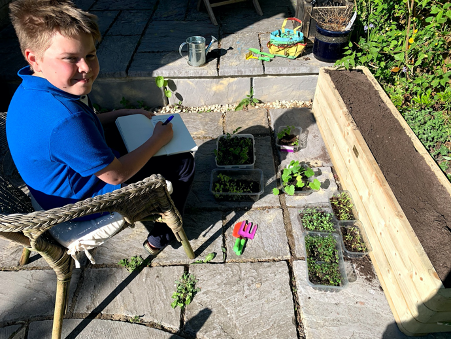

Our organic Eco-Dragon Herb & Veggie Garden is planted in two small wooden planter on the patio very close to our kitchen door, and grown in freshly turned soil from our Eco-Challenge eco-composter projects. We have researched, designed, germinated and then planted and grown cucumbers, lettuce, spinach, broccoli, radishes and peppers, and also coriander, basil, rosemary, lemongrass and mint. We need all these plants almost on a daily basis for preparing summer meals, and we were previously buying them in the grocery store or farmers market. This means more waste, energy for transport, and also that they might be coated in chemical pesticides and fertilisers. It is much healthier and more sustainable to grow our own veggies and herbs, so for this Eco-Challenge, we set out to do so!
We carefully planned all the components of our Eco-Dragon Herb and Veggie Garden. We first surveyed our family to find out what were our most important vegetables and herbs. We wanted our herb and veggie mini-garden to actually reduce carbon emissions from transport, plastic from packaging and other environmental impacts, creating a more sustainable family food system. We thought carefully about what we could plant that was in season. We mainly use coriander, basil, rosemary and mint for food and drinks at home. The mint is fantastic because when it is very hot, it makes wonderful ice-tea. Our parents greatly liked the coriander as they both lived in Latin America where it is a key ingredient in every meal, especially with beans. We found cool ideas on the Royal Horticultural Society children’s pages (https://www.rhs.org.uk/education-learning/gardening-children-schools). We also found great inspiration on the National Trust kitchen gardens website (https://www.nationaltrust.org.uk/lists/top-kitchen-gardens), and an eco-design for our outdoor living wall to help shade our plants (https://www.urbanplanters.co.uk/product/fixed-living-walls/).
We drew a plan of our design. We carefully placed the two planters next to a green wall so that they both had the right amounts of shade. We planned our big wooden planter for veggies, and next to this, we prepared a smaller planter for our herbs (and for our guardian dragon). In our design plan, we also made a list of the tools we would need: hammer, nails, netting, spades and buckets. We also listed the materials: seeds, reused plastic and germination containers, reused wood planters, old paintbrushes, reused netting from a food bag, compost, soil and lots of water and sunlight. We agreed only to use what we could find as recycled and reused materials. As examples, our recycled materials included netting from old net bags (unpicked along the seams) and old paint brushes to hold the netting in place. We also used our handy eco-composters for good fertiliser for the top layer of soil, as well as soil from the rest of our garden. We also used a recycled popsicle stick and paper for our scarecrow. (See - photo above ‘Design’)
Most of the seeds that we germinated fresh for our garden were collected fresh from actual peppers, cucumbers and other foods that we ate as a family, over the winter. We germinated them in smaller pots made from recycled food containers, covered with recycled plastic to make tiny greenhouses. In the garden centre, we bought several other seeds (lettuce and spinach). We had a terrific time planting them carefully in the moist soil, and watching the first sprouts establish themselves! (See Photos)
We protected our garden with a bit of netting as initially the birds loved to pick up the seeds and to shade the young plants from direct sunlight. We also installed our little guardian eco-dragon figure, which we painted green with non-toxic paints, to scare away some of the birds. Our green eco-dragon was helped by a little paper scarecrow (who suffered a bit in some of the early July rains), Nico made him as a lock-down school project in DT. With the help of our parents, we managed to regularly water our plants and we were very happy when they finally grew to the size that they could be eaten!
The first foods that we were able to harvest were the spinach and lettuce. We made a herby (mainly coriander and basil) spinach lettuce salad and we cannot wait for our cucumbers and peppers to grow to full size, in order to make many more colourful vegetarian meals!
Thank you, Nico and Jona

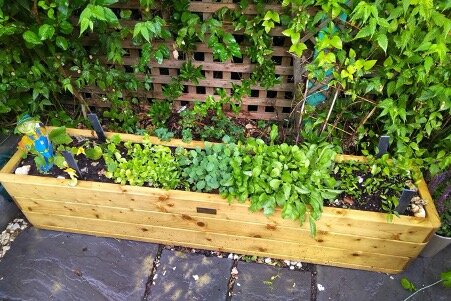
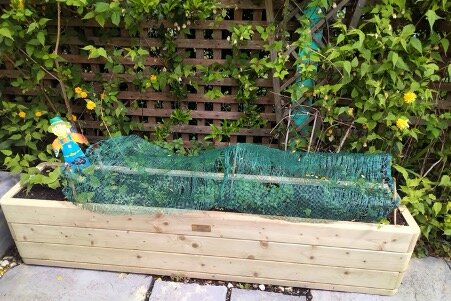
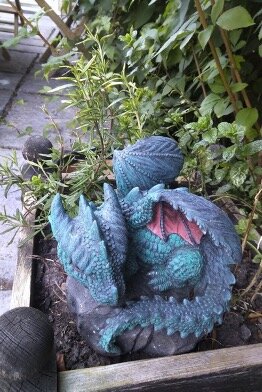
Wezi Emmanuel Chilubanama (from Lusaka, Zambia):
Wezi’s Coriander Growing in an Aloe Vera Eco- Fence
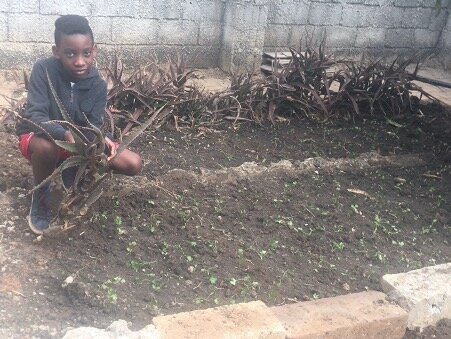
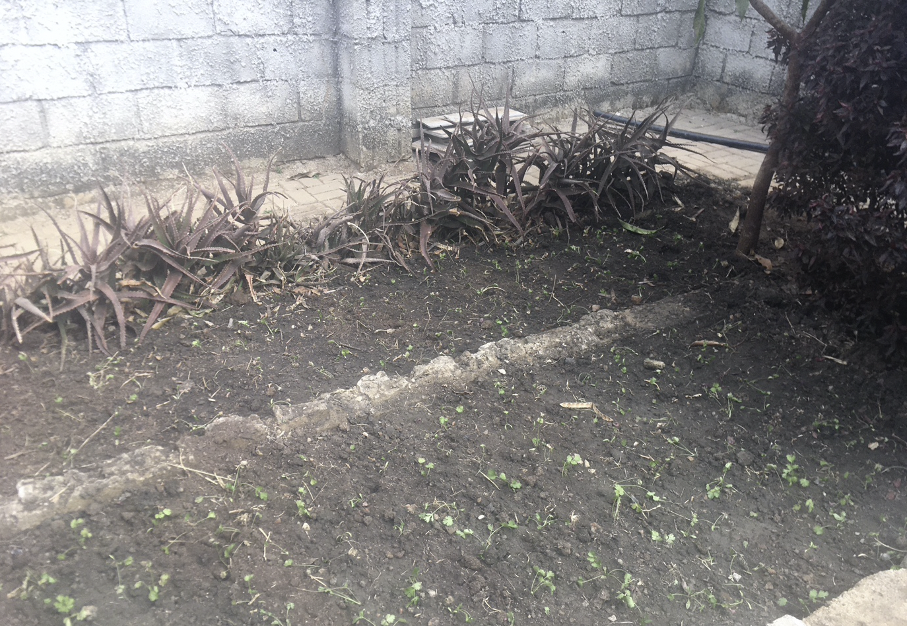
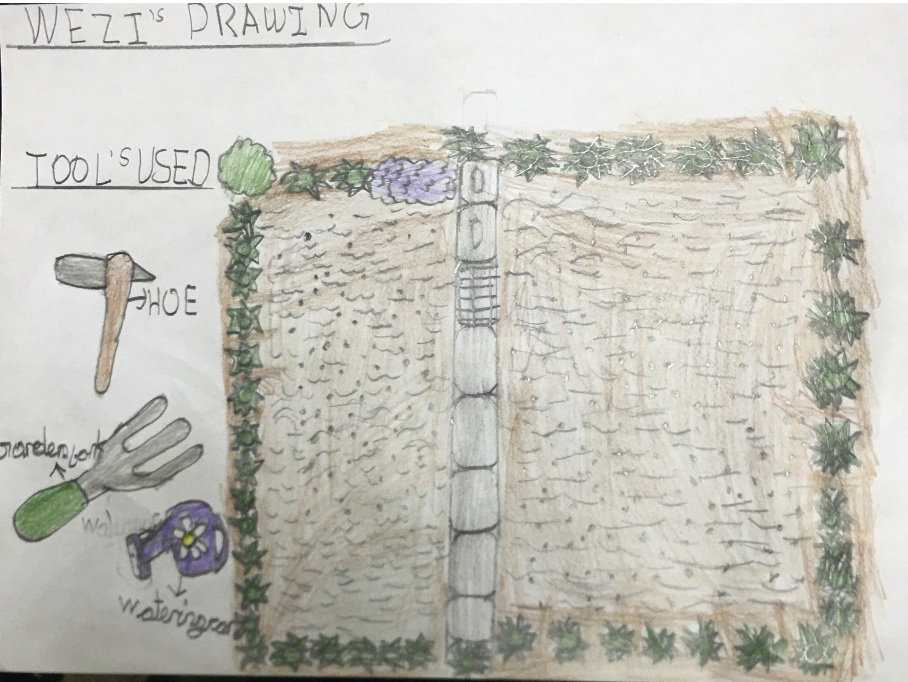
There are many densely populated cities in the world, including Taipei where I lived.
Urban heat Island effect causes much warmer temperature at city, which then induces increased demands of water and energy, and contributes more air pollution in the urban area.
Most townsman live in apartment complex without yard, the only place for building a garden is the balcony. I designed Cookie box assembly for people to create city garden at balcony or roof of apartment. Organic fruits and vegetables can be planted in recycled containers. During this challenging COVID 19 global pandemic, my family is not moving around much. Spices, herbs and vegetable have become expensive and are only found in crowded markets. So, I decided to help my family supplement our vegetable garden, choosing to plant coriander because of its nutritional importance. It is a source of fibre and iron and is also a rich source of Vitamins C and K which are important in building immunity especially in the COVID 19 era.
My garden is contributing to a more sustainable food system by ensuring supply of nutritious herbs for our food, while encouraging the use of other vegetation, like aloe vera to add purifying oxygen to the atmosphere. I will make sure the aloe vera fence is well watered so that it protects the coriander from trespassers. I will also keep the coriander seedlings watered and fed with home-made compost.
We have three big dogs Bingo, Tara and Daisy that like to play around my little garden area so I had to think of a way to stop them from trampling over my coriander seedlings. Thankfully my mum was pruning her flower garden and she gave me some aloe vera to create an eco- fence. I am still in the process of finishing off my seedlings as seen in the picture I have sent.
I really enjoyed drawing my garden plan and setting it up! I am so thrilled that I have achieved what was just a dream garden.
Sydnee Nisyok (from British Columbia, Canada)
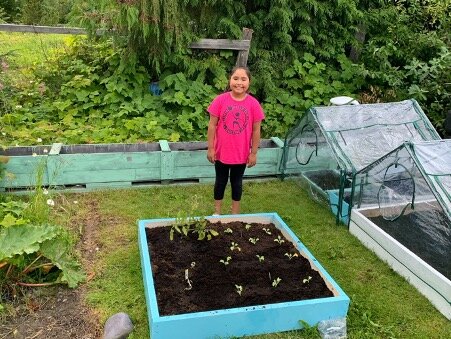
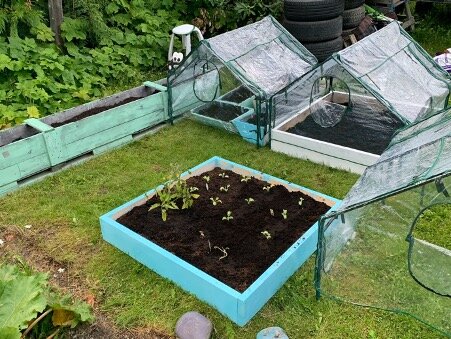
My Name is Sydnee Nisyok and I live in New Aiyansh, Northern British Columbia. Growing my own garden contributes to a sustainable food source because I live in a smaller community with no stores that sells vegetables. The closet store that sells vegetables is 100km away. We will drive less to get these foods, less packaging and less gas usage from our car.
I picked the vegetable because I read they are the easiest to grow where I live. The vegetables I picked are potatoes, tomatoes, kale, carrots, broccoli, and lettuce. The herbs I picked are oregano, rosemary and sage. These are foods my family eats. I will keep my plants healthy by watering them but not too much and make sure they are not too hot. I made sure that we used fertilizer in the soil with compose.
The challenge was not getting to plant peppermint and cucumbers because I did not find the seeds. Also the weather has been cool and wet and it is hard for the plants to get the right amount of heat to grow so we have the portable greenhouses.
I enjoyed the time I spent with my family and that I am able to take care of the plants. I like to watch them grow and we are all excited because this is our first time growing vegetables. We already practice sustainable living with fishing, hunting, and berry picking but now I can make healthy sustainable meals for my family.
Paloma (St. John’s College School): Paloma’s Mini Vegetable Garden
Because I live in a townhouse with no garden, we have to grow most plants in pots. The plants we decided to grow tend to be grown in greenhouses, so we could not put them on our terrace either, because it would be too windy, and it would be too cold for the plants to be healthy. Instead we put the plants in the south-facing windows of our house. We chose the south-facing windows because the plants would get a good amount of light and heat throughout the day. We were given baby plants by a friend of ours who had too many, and have been repotting them as the plants grow. Unfortunately, along with the plants, we also got lots of aphids. We did not want to spray the plants to kill the aphids, so we chose a more natural alternative: we collected some ladybirds from outside and put them on the plants. The ladybirds ate the aphids, and then we set them free again. This proved to be a very effective solution. The tomato plants need lots of watering, and the chilli plants prefer to get very dry before they're next watered. The stairs are by the windows, too, so it is very nice to see the plants as we go up and down the stairs, and notice their gradual growth.
Carla (Stephen Pearse Foundation), Freya (King’s College School) & Ladislaya Kotter (King’s College School): Our new family vegetable garden
In our vegetable garden, we have planted a variety of different vegetables and herbs to use in lots of our meals. At the back we planted corn because corn can be used for lots of different things and we eat it at least once a week. The next row has 2 types of tomatoes: cherry tomatoes because we like to out them in our salads and beef tomatoes because we can use them in dishes like pasta sauce. In the front part of the high bed we have cucumbers and salads so we can make many different types of salad as we eat them every lunch as a starter. Then at the sides we have our herbs: thyme, rosemary, parsley, basil, chives, sage and peppermint so we can season our dishes and give them a little more flavour. We planted the tall plants like the corn and tomatoes at the back so we can reach the shorter ones in front. Also if the taller ones were in the front the smaller ones wouldn't get much sunlight. The herbs are easy to reach at the sides and the salads are short so they are also at the front.
List of tools: For making the raised bed: screws, screw driver, saw, work bench, pencil and ruler,
For filling the raised bed: wheelbarrow, shovel, fork
For planting: bamboo sticks, watering can
For maintenance: watering by hand or by irrigation system that automatically waters the vegetables
Designers: Carla Kotter, 12y, Stephen Perse Foundation; Freya Kotter, 10y, King’s College School; Ladislaya Kotter, 6y, King’s College School.
Christina-Angelina Kassongo (from the Democratic Republic of the Congo):
The Four Sisters’ Garden
To participate in this challenge, my parents managed to help me prepare for the gardening work with the help of an experienced gardener. With my father and mother assistance, we’ve planned everything. First of all by designing the garden, we made several drawings with my sisters, it was a bit messy at first but finally we agreed on a simple vegetable garden of flowers in the shape of a circle with a small tree in the middle like an obelisk, a new word that I learned from Dad. Then we had to put the garden elements together.
We looked for seedlings, sand, compost and water. And as a tool to cultivate our garden, there were the gardeners' tools plus a watering can. I was happy to carry my gloves and handle the compost and the plants to give life to my little garden which I called, well we called it because I did it with my sisters help, "Garden of the Three Sisters". Now I know that to give life to a plant I have to water it three times a day and weed it regularly to give it a chance to grow well.
With this experience, I realized that we can produce food that will not need to be transported in delivery trucks or wrapped in plastic to feed ourselves and my family. So through my little garden I can help promote a sustainable food system. With Dad we have planned to plant fruit trees and vegetables of all kinds.
Mia Robb (Hills Road): Mia’s Cavolo Nero Kale Veg Bed
I love all kinds of kale and so wanted to grow it, to give me a fresh, local supply of nutritious green vegetables. I chose Cavolo nero, which contains many vitamins and minerals. It also contributes to a more sustainable food system because you can harvest leaves and it keeps producing more right through into winter, and keeps a crop in the ground, providing living roots and ground cover, over a long period, which is good for the soil.
To make my kale vegetable bed I created a terrace on the side of an old compost pile at our allotment, re-using a round wooden pole as an edge, to keep the soil in place. I also had to create a protective cage around my kale to protect it from muntjac deer and pigeons – who both like kale too. Re-using materials, I constructed it so that I can increase its height as the kale grows. I started with tiny plug plants and added a sheep’s wool slug deterrent around the base of the plants that also conditions the soil. I watered them often just after they were planted, but now only water them once a week, and occasionally give them some liquid seaweed plant food.
I have really enjoyed growing my kale – it has been exciting to go to the allotment to see how much they have grown each time – and I am looking forward to eating them ☺
Samaya and Ella Hone (Chesterton Community College): Vegetable Garden
We have chosen to submit our allotment, we have chosen to plant cucurbits, brassicas, potatoes, beans, garlic, and tomatoes. This is on top of our annual crop of fruits and berries from our current and bramble patches and orchard. This contributes to a sustainable eco system as during the summer months, we buy very little industrial fruit and vegetables, and even during he winter months, we eat a lot of our own preserves. Maintaining is crops fairly easy, as they require little more than watering and weeding. When planning the layout of the plot, we had to consider how much water different plants would need and make sure to plant those that need more water near the water trough. I enjoyed and will continue to enjoy this project.
Junayd Islam (Hills Road): Junayd’s Veggie Garden
For the Eco Challenge, I helped cultivate an apple tree and planted 3 beetroots. I thought it’d be good to help grow our apple tree and I haven’t eaten beetroots before so I thought it’d be interesting to try something new.
I watered the plants twice a day, I got rid of any threatening weeds and I kept an eye on where the plants were growing; we couldn’t have our apple tree growing into the bins now!
My biggest problem with the garden is the apple tree had grown in quite an awkward place but there’s nothing I could have done to tackle that. I had to work around what the environment offered, which is a nice example for how we should run society. I kept a close eye on the apples to make sure they don’t fall off otherwise they’ll rot encourage slugs, ruining an opportunity to make a tasty treat.
To our delight, apples grew! I collected them off the plants, I got into the nack of twisting the apples to ensure they come off without much damage. I discovered the tree made cooking apples, we could use them to make deserts like apple pie and crumble, reducing our need to buy puddings, especially chocolate which must be transported across the world and often contains palm oil, damaging the rainforest.
I definitely enjoyed this project so far. It was nice to get outside from my work and not only appreciate plants but help them grow and foster life.
Aarifah Islam (Parkside School): Aarifah’s Veggie Garden
During these quaran-times I have been stuck in my house with my stinky family. I have owned many seeds for flowers and such, as well as old plant pots from previous house owners. Recently I have taken it upon myself to start the hobby of gardening. For my participation in this eco challenge I am using the growth of my 4 tomato plants and small window herb garden.
My herb garden was made from a seed packet and some old packaging. I fashioned the lid into a drainage dish and poked holes into the bottom of the box. After filling the box with soil I plotted a grid of holes for the seeds to be placed. After planting, I settled the box on the inside window sill of the kitchen, so my mum now waters and looks after the herbs. Hopefully I will be able to harvest the herbs soon.
The tomato plants were an offering from fellow neighbours who are also interested in the art of gardening. Unfortunately, the accommodation for said tomato plants are restricted to one pot. The thirstful nature of tomatoes has been a struggle but thankfully, my brother has been watering the tomatoes in the morn whilst I water them in the evening. Since potting, small green tomato fruits have flourished which has been very pleasing to see my hard work not be in vain.
Overall, my garden has been a pleasure to be in and I have loved my experience with growing plants.
Winners of the First Eco-Challenge: The Green Waste Emergency
PLATINUM - Orlaith - Nico - Jona
GOLD - Mia & Reuben - Samaya & Ella
SILVER - Avigail - Freya & Laya
BRONZE - Carla - Paloma & Johanna - Junayd & Aarifah - Freya LN
HONOURABLE MENTION - Colm and Christian - Arthur
Finalists of the Green Waste Emergency
Junayd Islam (Hills Road Sixth Form College, YR12) and Aarifah Islam (Parkside School, YR8): ‘The Lorax: Our Recycled Eco-Composter’
“We are waiting for Iftari when we'll actually have food scraps to compost!”
Mia Robb (Hills Road Sixth Form, YR12), and Reuben Robb (Parkside School, YR7):
“With a Little Help from our Soil Biodiversity Friends”
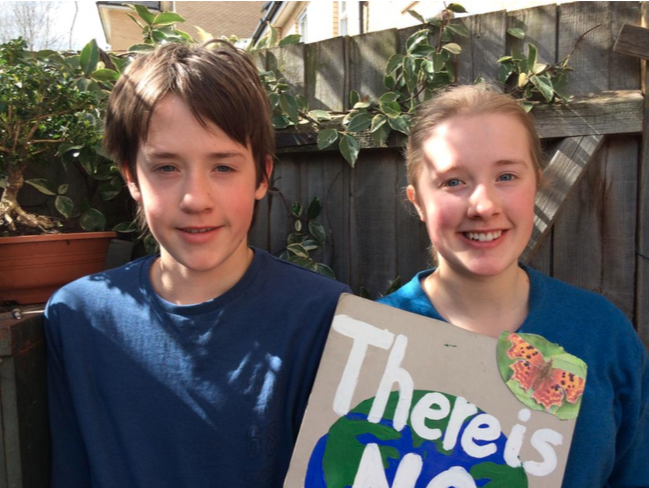
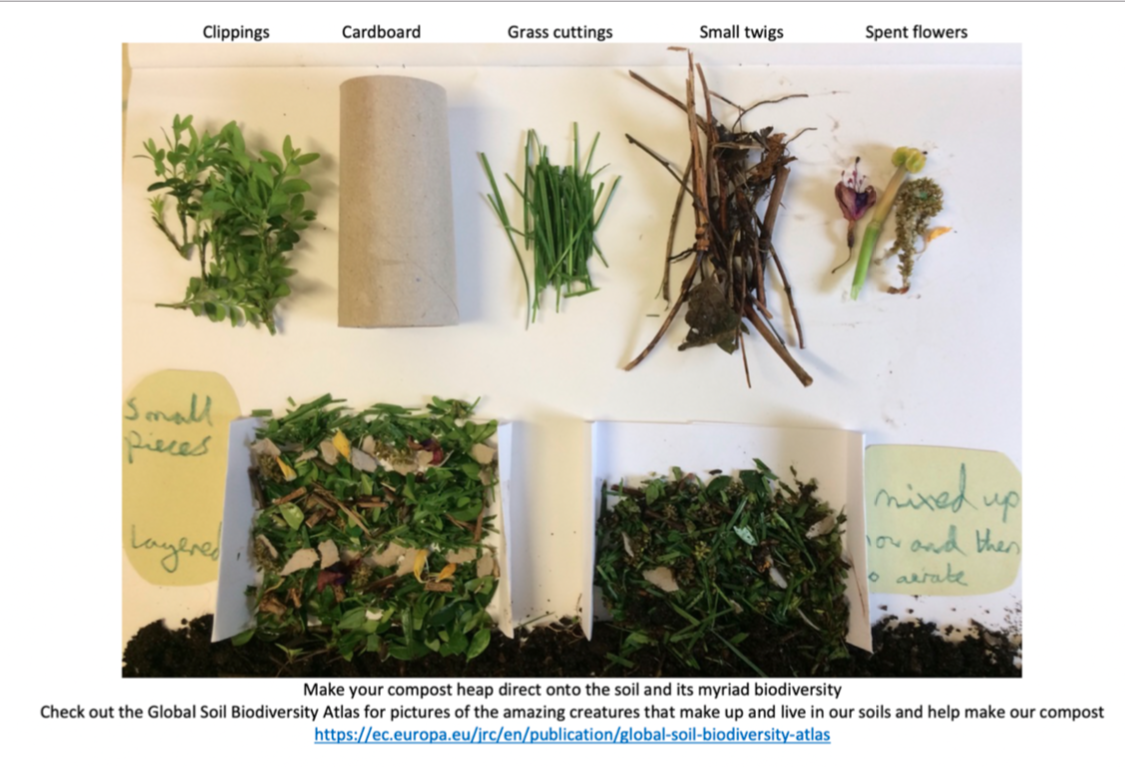
Nico Roman Cordonier Gehring (Kings College School, YR6):
My Wire & Ivy Cylindrical (WIC) Eco-Composter*
*Wic means 'home' or 'settlement' in old English... :)

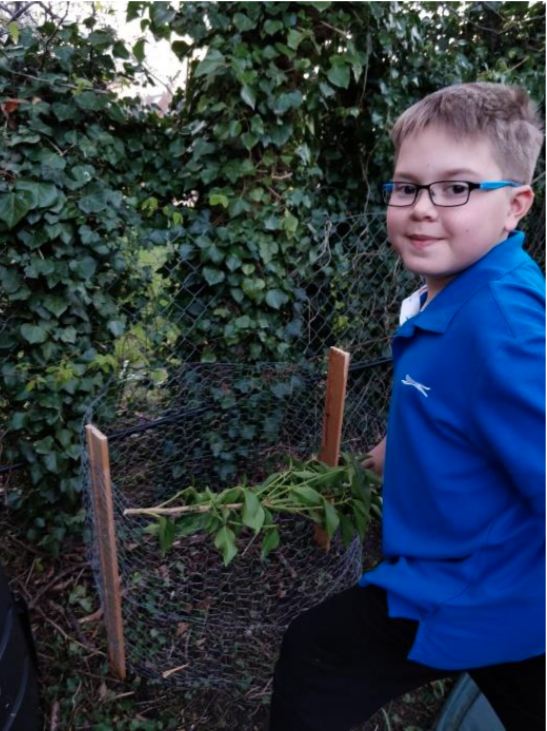
Nico, Primary Schools Co-Chair of the Cambridge Schools Eco-Council, UN Child Ambassador for the SDGs, and a leader of Kings College School Eco-Society, with his WIC Eco-Composter:
Design(I), Instructions for Use (II) and Materials List (III)
Nico’s Narrative Report: Building an Eco-Composter for the Green Waste Emergency!
With the news that Cambridge City and South Cambridgeshire district councils will not be collecting our green bins for a few weeks, I felt it a very good idea to build a green waste compost bin! I completed the project Step by Step.
Research: First, I researched the different designs and best location for a compost bin/heap, and investigated what can and what cannot be composted as green waste. I decided to make one that could compost layers of teabags, plant prunings and grass cuttings (green layers). According to The Eden Project, these are fast to break down and provide important nitrogen as well as moisture. I would also include things such as cardboard egg boxes, scrunched up paper and fallen leaves (brown layer). These are slower to rot but provide vital fibre and carbon and also allow important air pockets to form in the mixture. It was best to compost these green and brown garden wastes in the new ‘open’ composter, so my family could still use our other closed composters for food waste like fruit and veggie peelings. Otherwise it could attract mice and other animals, and make odours.
Design: Second, I made blueprint designs for a compost bin/heap for my garden. I eventually chose a cylinder made from wire and planks.I selected the most appropriate measurements: The planks are 54 cm long planks, to be driven 4cm into the ground, for a composter height of 50 cm. The length of chicken wire is 182cm, for a diameter of 58cm. This means my composter would have a volume of 158,525 cm3. For materials, I used old chicken wire that had been patching a fence, and two recycled planks of wood. I also used some withies of ivy which we recently cleared from a brick wall, to camouflage my composter and make it look more natural. (Recyle, Reuse, Reinvent!). I also made a list of tools needed, including the staple-puncher that I use to put up eco-council posters, a small hammer, saw and nails, and a spade for digging the holes. For safety equipment, I used gloves to guard against the wire and any splinters.
Construction: With help from my father (and amusement from my kitten), I built my composter. First, I gathered up the materials, including the wooden planks that were left over from a history project, and measured them carefully. I also gathered the tools we’d need, including the stapler, hammer, nails and small saw. For safely, we worked outdoors.
Second, I collected the other materials, including the leftover chicken wire from my tortoise table roof, that had been patching a hole in the fence. We did not use any new materials, except for the staples, because we wanted this composter to be very eco-friendly. Third, for safety it was my father who used the staple gun to punch the chicken wire to the planks properly. My kitten Alphabet was very interested in the chicken wire. Fourth, my father helped me to dig the holes in the soil, then we hammered the planks into the holes, so the composter stands upright. I tested it by inserting the first clippings of green waste. Finally, I used the ivy withies from a project last week to thin the ivy off the brick wall, to weave into the wire sides of my composter. They decorate and camouflage my composter so it blends into our green garden.
I greatly enjoyed making my composter because it required a bit of creative thinking about where to find materials that we could use, how to securely build the composter and where to place it in the garden. It helped that we had truly excellent weather all weekend so I was working in the sunshine for nearly two whole afternoons. I also had to distract my kitten, Alphabet, and keep her entertained so that she didn’t try to muddle everything up.I totally enjoyed the project of building a composter for green waste, because I felt that we were doing our bit to address a difficult situation with the green waste not being collected. I also enjoyed researching and creating the project idea, drawing the blueprints and planning diagrams, and being outdoors with my father and my cat to build it. I even rather enjoyed learning about ‘pi’ from my brother to calculate circumference and volume. My composter looks as if it belongs to the garden and blends into the scenery. It has very simple design and structure but is actually very sturdy!
Freya Kotter (Kings College School, YR5 & Member of the Kings College School Eco-Society) and Ladislaya Kotter (Kings College School, YR1):
‘Little Log Composter’
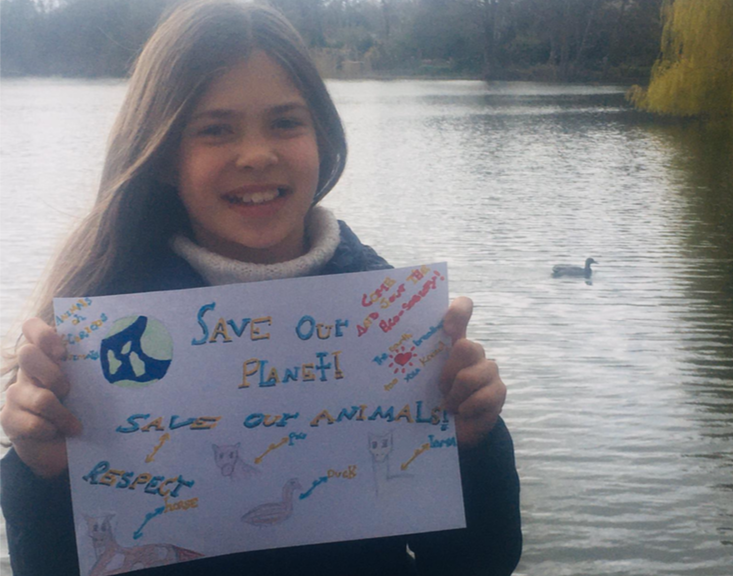

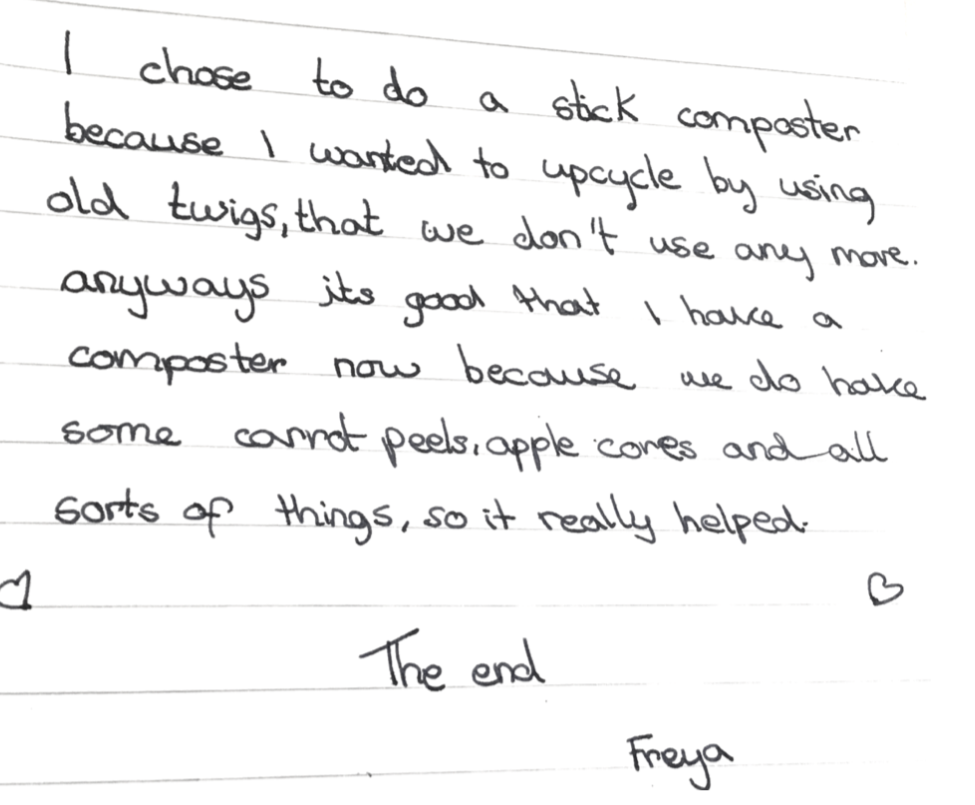
Arthur Depledge (The Perse School YR8):
Arthur's Eco-Composter from a Rain Butt, called the ‘Butt Bin’
Here is my entry for the green waste composter competition. We set up this composter as soon as the Cambridge City council stopped collecting our green bins, to prevent waste which would be hazardous to both animals and the environment. It is made out of an upside down, broken water butt, so I have re-used materials that would've otherwise been put to waste. The top of it was cut open by my dad with a stanley knife to make a flap to put the garden waste in, and a small flap at the bottom was also cut open at the bottom was also cut open to get the compost out. The water butt it's made from was dark green, so it blends in well with the surrounding area. I enjoyed making this composter because I know it is helping the environment. It was also great to spend some time outside with my dad. - Arthur Depledge, Age 13
Freya (Meridian Primary, YR6):
‘Sidney’ The Recycled Wooden Eco Composter
I made the Eco Composer with daddy - it is used every day for food and garden waste and was made out of found recycled wood such as pallets and unused decking boards! We’ve already had some great compost out of it! We garden in a very eco-friendly way, composting everything, using home grown comfrey as fertiliser, and reusing lots of things that could go to waste, for instance, plastic cup pots in the garden.
Freya LN is 11 years old, a Deputy Chair of the Cambridge Schools Eco-Council, and a House Captain in her school, Meridian Primary.
Samaya Hone (Chesterton Community College, YR11), and Ella Hone (Chesterton Community College, YR8):
‘George’ Our Green Waste Composter
We built this green waste composter out of old construction crates for the weeds and other green waste on our allotment (Samaya, Middle Schools Co-Chair, Cambridge Schools Eco-Council and Ella, Eco-Councillor, Cambridge Schools Eco-Council, from Chesterton Community College).
Paloma Harris (St Johns College School, YR7) and Johanna Hindmarsh (St Johns College School, YR6):
The Doggone Composter
Paloma (YR7) and Johanna (YR6) from St Johns College School collaborated over Zoom to produce this composter, which is made from a recycled dog cage, from which the dogs were ‘gone.’ Johanna supplied the materials and the muscle, and Paloma completed the paperwork.
Paloma H (YR7), Eco-Councillor Elect
First Step:
Carla Kotter (Stephen Perse International School, YR7):
“Fenced In”
Jona David (Winchester College, YR9):
‘The Blue Tumbling Hedgehog Eco-Composter’
My Blue Tumbling Hedgehog Eco-Composter machine is made from entirely recycled materials and rotates green waste under manual power, with a special clay handle - mulching and mixing the leaves, spent flowers, old soil and grass cuttings. It is ideal for green waste from a tiny balcony garden and potted plants or terrace.
The Blue Tumbling Hedgehog Eco-Composter is decorated with a fetching dark blue hedgehogs, green oak and ash leaves, vines and acorn design, from a National Trust art kit ink stamps.
The stand is made from a repurposed art supply wooden box (which also catches any spills of green waste). The handle and rotating bar are made from a stripped, peeled recycled green waste branch trimmed from a beech tree hedge, with a clay handle on one end to rotate, and a little clay cap shaped like a happy hedgehog on the other, to prevent the handle from being dislodged.
The rotating composting bin is made from a scoured and creatively dark blue stained old recycled Eco-Sure paint tin, with a secure lid, and holes punched through the tin for the rotating handle bar so that it can tumble your green waste.
Simply fill the eco-composter bin with green waste, then by turning the purpose built clay handle, rotate it to air, compost, then rotate it more to mulch. You'll create nicely mixed fresh compost soil from your green waste leavings.
Your Blue Tumbling Hedgehog eco-composter fits nicely on a small balcony or terrace, as a decorative corner piece within its own box and no odours. If reversed, it can even double as a soft sanded and painted wooden hedgehog stand for your books or mugs of tea, all the while quietly mulching your green waste!
Órlaith Traynor-Bucknall (Kings College School, YR 6)
“Original Organic”
In tackling this task I decided that I would use materials that were readily available in my house and garage.
I came up with the idea of building the composter with wood and located a plank of wood. The composter was to be located at the top of our garden where there is a slight hill so rain water runs away. This area also gets shade from a nearby farm building. The base for the compost was an area with grass.
The wood came from a plank of wood that was disused at the side of our shed. I asked my Dad to cut it up into 2.5 feet wide parts. The plank is about 6 inches deep and about ¾ inch thick.
Other materials used were nails and a hammer.
I was able to attach the supporting walls of the composter to a wooden fence in the garden so just had to build three sides. The sides were held together with nails. The composter is about 18 inches high, 2.5 feet square, open at the top and the front only has two panels so it is open at the bottom.
On completion of the task I filled the composter with green waste, which included: leaves, tea bags, coffee grounds, egg shells, weeds from the garden, cardboard (to give air pockets) and some leaves from the autumn which were caught up against our fence.
Design:
Materials: Wood- recycled and cut into 2.5 foot planks, Two inch nails and a hammer. My green waste composter with leaves, weeds, egg shells, coffee grounds, tea bags, and cardboard (to give air pockets) – a hard day’s work
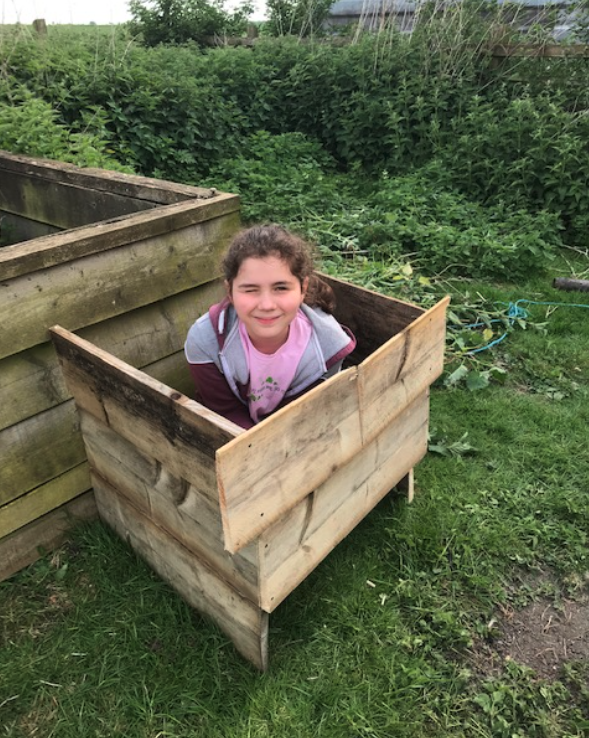
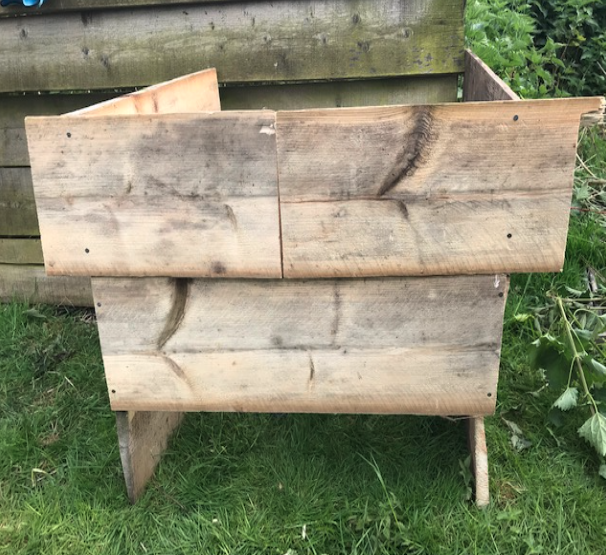
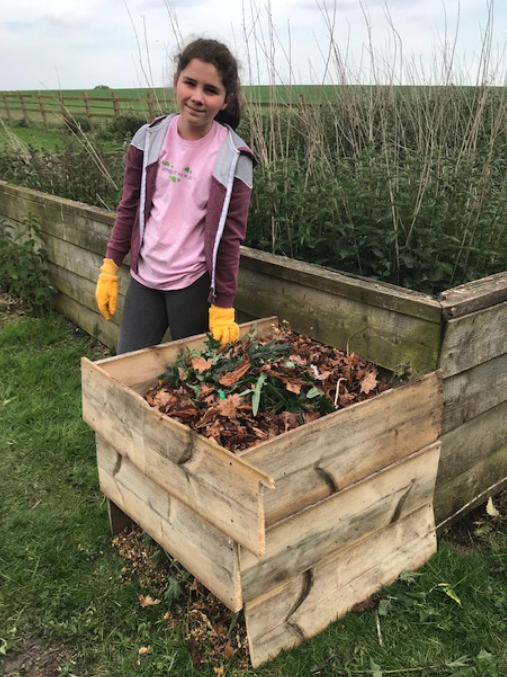
This was a really enjoyable project and I feel satisfied that I can recycle all the green waste that we produce in our house. In future this will include, leaves, grass cuttings, annual weeds, tea bags, coffee grounds, flowers, egg shells, and vegetable peelings. The compost will be used in my flower garden where I have planted a number of flowers and where roses also currently grow.
If I was to do anything different in the future it would be to build a larger composter as I had not realised the amount of green waste that a household can produce.
12. Colm and Christian Traynor-Bucknall (Radley YR 9):
“Green Organic Twins”
The object of our design was to create a green waste composter using a simple design and using materials easily accessible.
We wanted the composter to act as a receptacle for green waste, which would contain the waste but also allow air to circulate freely around and within. Therefore we decided to use a green garden trellis. This was secured to an existing fence, located in an area which receives sun but also a lot of shade, the front of the composter can also be easily removed to allow the removal of waste when it is composted.
Materials: Green Garden Trellis, Twine, Existing Wooden Fence with wire meshing. The composter will be located on an area of grass.
Finished product: As can be seen we used two lots of trellis of different heights on the sides, one trellis on the back and a smaller removal trellis on the front.
The trellis is attached to a wooden fence with wire meshing.
The composter is located directly onto grass.
Some cardboard will be used to ensure that there are sufficient air pockets within the composter.
13. Avigail Perry (Mayfield Primary School, YR 6)
“My Eco-Composter”
I specifically designed it like that so you can keep emptying the ready made earth continuously. There are dry materials on top to keep out out smell, keep the compost moist and to raise the temperature. There is an openable lid on top with little holes so only a bit of rainwater gets in and holes on the sides for air.
